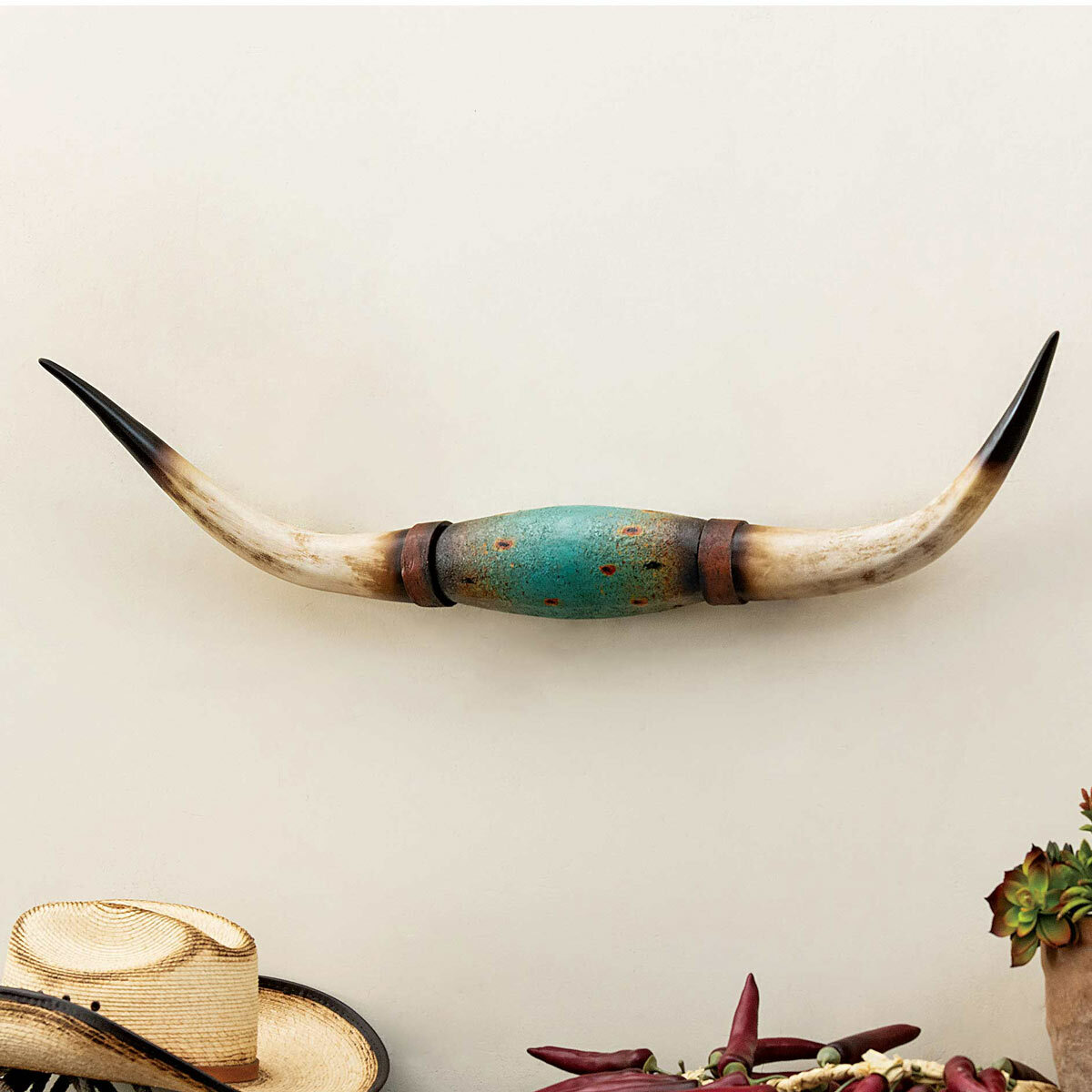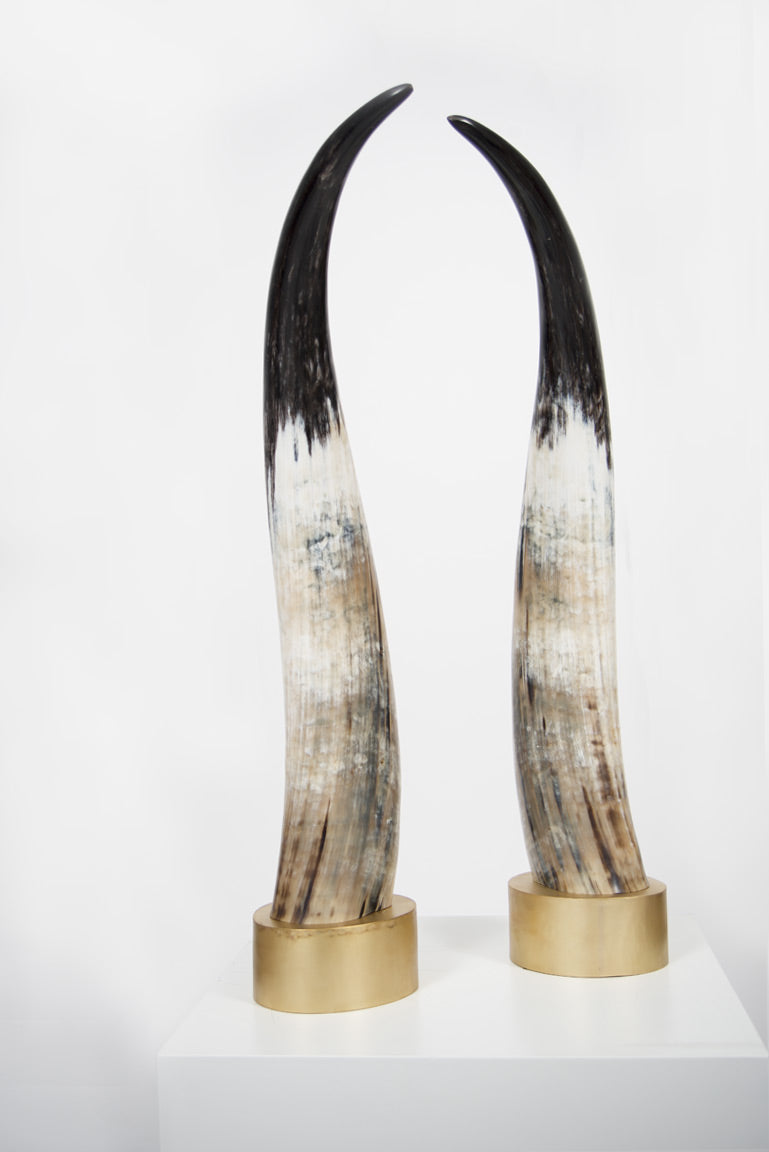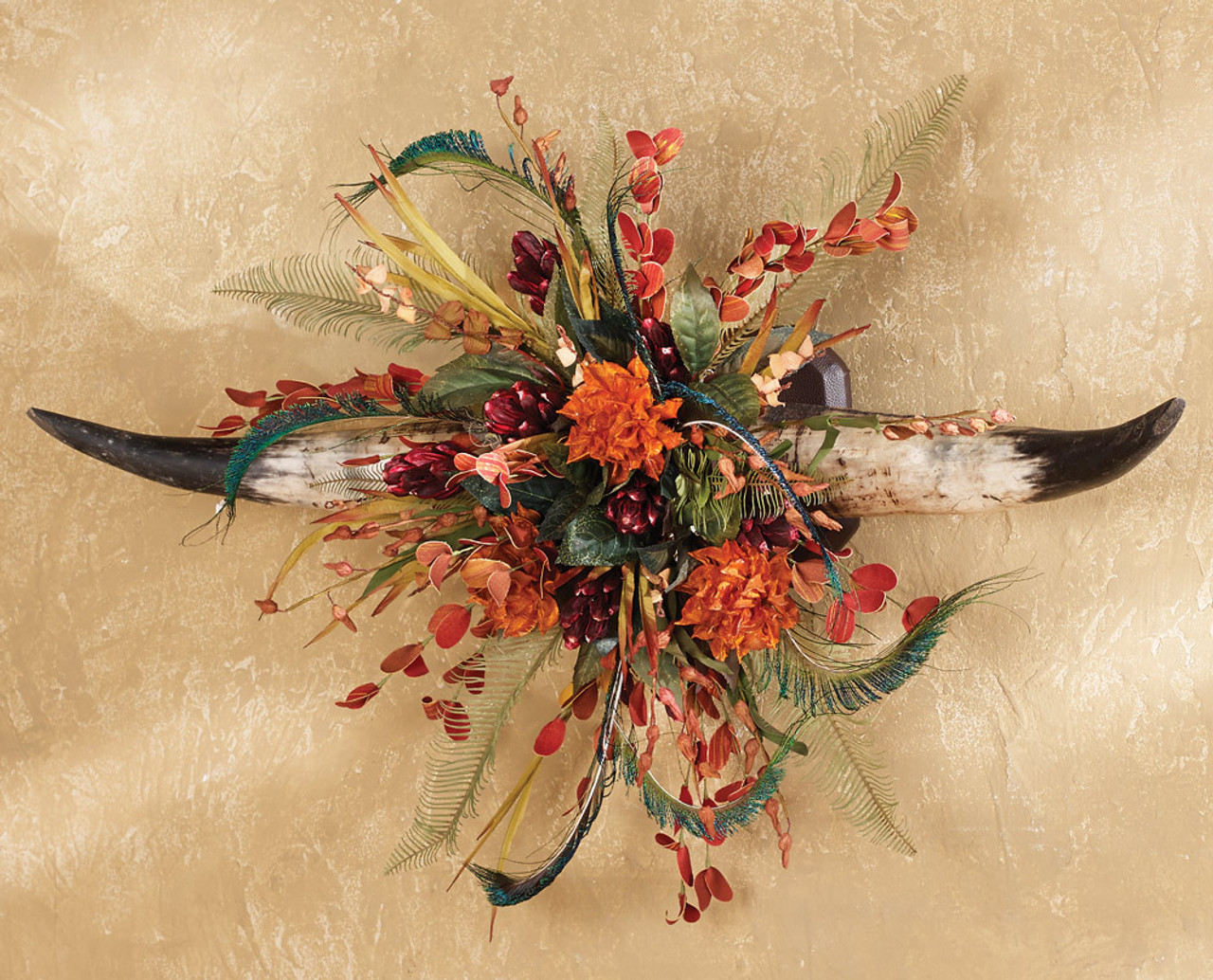When it comes to home decor, finding unique pieces that tell a story is essential. One often overlooked yet stunning option is decorative cow horns. Having started my own collection a few years ago, I’ve discovered that not only do they add an intriguing aesthetic to my space, but they also serve as conversation starters. In this article, we will explore decorative cow horns in-depth, covering everything from their history to practical tips on incorporating them into your decor.
The Allure of Decorative Cow Horns
History and Origin
Cow horns have been used for various purposes throughout history, ranging from practical tools to decorative pieces. In many cultures, they symbolize strength and resilience. Today, they’re often transformed into stunning home decor that appeals to those who appreciate rustic charm.
Why Choose Decorative Cow Horns?
- Unique Aesthetic: Each horn is different, offering a one-of-a-kind touch to your decor.
- Versatility: Decorative cow horns can be used in various ways, from wall hangings to centerpieces.
- Sustainability: Using cow horns in decor promotes eco-friendly practices, as they are byproducts of the meat industry.
Types of Decorative Cow Horns

Natural vs. Processed Cow Horns
When selecting decorative cow horns, you’ll encounter two main types: natural and processed. Here’s a breakdown of their differences:
| Type | Description | Pros | Cons |
|---|---|---|---|
| Natural | Untreated horns that maintain their original shape and texture. | Uniqueness, authenticity | May have imperfections |
| Processed | Horns that have been polished or shaped into specific designs. | Smooth finish, specific designs | Less unique |

Decorative Cow Horn Products
There are countless products made from decorative cow horns. Here are some popular options:
- Wall Decor: Mounted horns or horn art pieces.
- Furniture Accents: Chair or table legs made from horns.
- Table Centerpieces: Horns incorporated into bowl designs or as standalone sculptures.
Incorporating Decorative Cow Horns into Your Home

Styling Tips
- Mix and Match: Combine decorative cow horns with other rustic decor like wood and metals for a cohesive look.
- Consider Scale: Choose horn sizes based on the space; larger horns can be a bold statement, while smaller ones can be used as accents.
- Color Coordination: Select horns that match or complement your existing color scheme.
Placement Ideas
Here are some creative placements for decorative cow horns:
- Entryway: Create an inviting atmosphere with horns mounted on the wall.
- Living Room: Use a large horn as a centerpiece on a coffee table.
- Bedroom: Decorate the headboard with smaller horns for a unique touch.

Care and Maintenance of Decorative Cow Horns
Cleaning Tips
Maintaining your decorative cow horns is essential for preserving their beauty:
- Dust Regularly: Use a soft cloth to remove dust build-up.
- Avoid Water: Keep horns dry; moisture can lead to damage.
- Use Natural Oils: Occasionally apply a small amount of mineral oil to enhance shine.

Common Issues and Solutions
If you encounter problems with your decorative cow horns, here are some common issues and their solutions:
| Issue | Solution |
|---|---|
| Scratches | Buff gently with a soft cloth. |
| Discoloration | Apply mineral oil to restore shine. |

Pros and Cons of Decorative Cow Horns
Pros
- Unique and eye-catching.
- Eco-friendly and sustainable.
- Versatile in design and use.
Cons
- May require regular maintenance.
- Some designs may not appeal to everyone.

Where to Buy Decorative Cow Horns
Finding high-quality decorative cow horns can be a bit of a hunt. Here are a few places where you can purchase them:
- Online Marketplaces: Websites like Etsy, Amazon, and eBay offer a wide range of options.
- Local Craft Fairs: Check local artisans who may sell unique pieces.
- Specialty Home Decor Stores: Look for stores focused on rustic or unique home goods.
FAQs about Decorative Cow Horns
What are decorative cow horns made from?
Decorative cow horns are made from the natural horns of cows, often sourced from livestock farms. They can be used in their natural state or processed into various decorative items.
Are decorative cow horns sustainable?
Yes, decorative cow horns are considered sustainable as they are byproducts of the meat industry, thus promoting responsible resource use.
How do I care for decorative cow horns?
To care for decorative cow horns, dust them regularly, avoid moisture, and use mineral oil to enhance their shine.
Can I use decorative cow horns outdoors?
It is best to keep decorative cow horns indoors, as exposure to the elements can damage them over time. If used outdoors, ensure they are protected from moisture and extreme conditions.
Conclusion
Incorporating decorative cow horns into your home decor can be a rewarding experience. They are unique, sustainable, and versatile, allowing you to express your personal style while also making an eco-friendly choice. Whether you’re looking to create a rustic ambiance or a striking focal point, decorative cow horns can add that special touch you’ve been searching for. Embrace the beauty of these natural pieces and let them tell their story in your space.